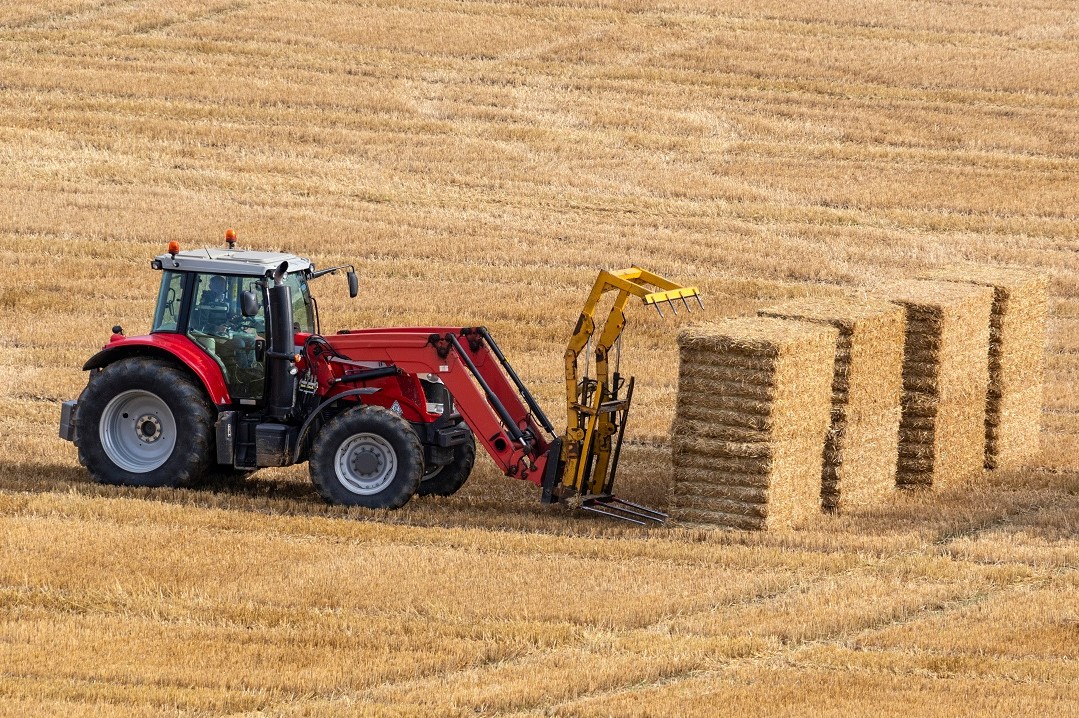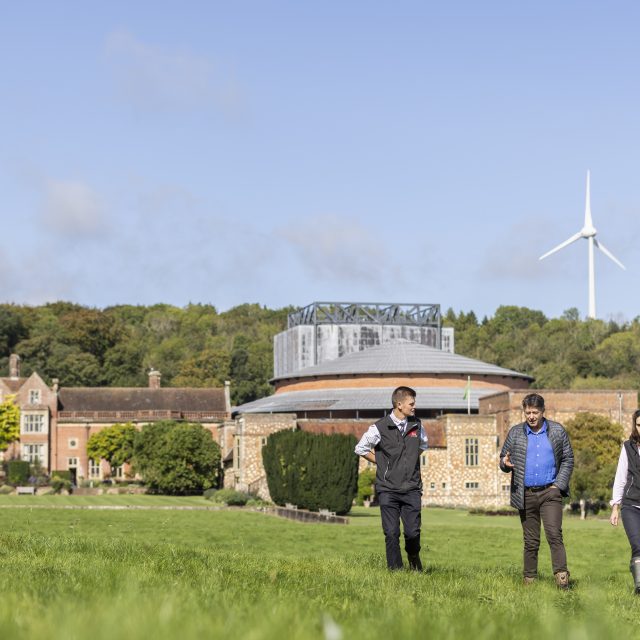Top tips on reducing vehicle accidents on farms
More than a third of fatal accidents on farms last year involved people working with tractors, telehandlers and ATVs, according to latest figures.
Provisional figures from the Health and Safety Executive (HSE) for April 2023 to March 2024 show 32 people lost their lives following incidents on farms in Great Britain.
Of these, 12 of these were categorised as ‘workplace transport’ accidents, with the next most common cause of fatalities involving being hit by a falling object, which accounted for six deaths.
The average rate of fatal injuries in agriculture now stands at 8.6 worker deaths per 100,000, which is 21 times higher than the all-industry average.
Safe Stop
The potential for people to be hit by a moving vehicle is a big problem in agriculture and a high number of accidents involve people who are actively working on or around the vehicle.
It would be a massive step forward if everyone implemented “Safe Stop”. Advocated by the HSE, it’s a simple four-step procedure to make working around vehicles safer.
Safe Stop should be used before someone leaves the driver’s seat, when someone else is approaching the vehicle or when carrying out any maintenance or adjustments to a piece of equipment, whether that is the tractor itself or a trailing implement.
It involves making sure that the vehicle’s handbrake is on, the controls are in neutral, the engine is switched off and the keys have been taken out of the ignition.
It should be a priority to make sure Safe Stop is integrated into the culture of your workplace.
Employers should always lead by example and intervene if an employee, or a family member, fails to follow the procedure.
Think segregation
The risk of people being injured or killed is also high because vehicles and pedestrians are often operating within the same area, such as a farmyard.
This is often seen as a necessary and acceptable part of the farming workplace. It’s not uncommon to see farms vehicle operating next to a group of workers or in an area known for its foot traffic on the basis it has happened like that for years and no one has ever had a problem.
But it only takes one mistake, or more often a combination of circumstances, for a tragic accident to occur.
Farming businesses should look to reinvent their working practices to find ways to segregate workers and pedestrians from working machinery, to avoid them being in the same place at the same time.
Measures can be simple and inexpensive such as marking out walkways with paint.
Where it is difficult to separate people and machinery then it is time to get creative.
I once worked for a farm where the production workers needed to cross from A to B quite frequently, which meant crossing a bunch of entrances to sheds where machinery was also coming and going.
To separate the workers from the machinery, they routed the walkways behind the sheds wherever they could.
However, a few paths still crossed entrances, so in those places they implemented a physical control by installing simple pedestrian gates that required the person on the ground to open them before crossing.
This meant pedestrians were having to pause and open the gate, and made aware of their surroundings before walking into the zone where machinery was possibly moving.
Training
Training people to be aware of the risks is also vital and do not assume that everything is ‘common sense’.
For example, it can be a useful exercise to sit people on a stationary machine so everyone gets a sense of where the blind spots are for the driver and how little can be seen in some circumstances.
This can be an important lesson on how to behave around vehicles.
Strutt & Parker offers professional Health and Safety Consultancy services, providing competent and practical solutions to help support your business’s needs. For more information, or for a discussion on what we can offer please call your local office contact or Gulliver Hedley our Health and Safety Manager directly for an informal discussion. Gulliver has also taken part in a series of podcast episodes about improving farm safety. Listen to the Workplace Transport episode of the Basically Safety series.






